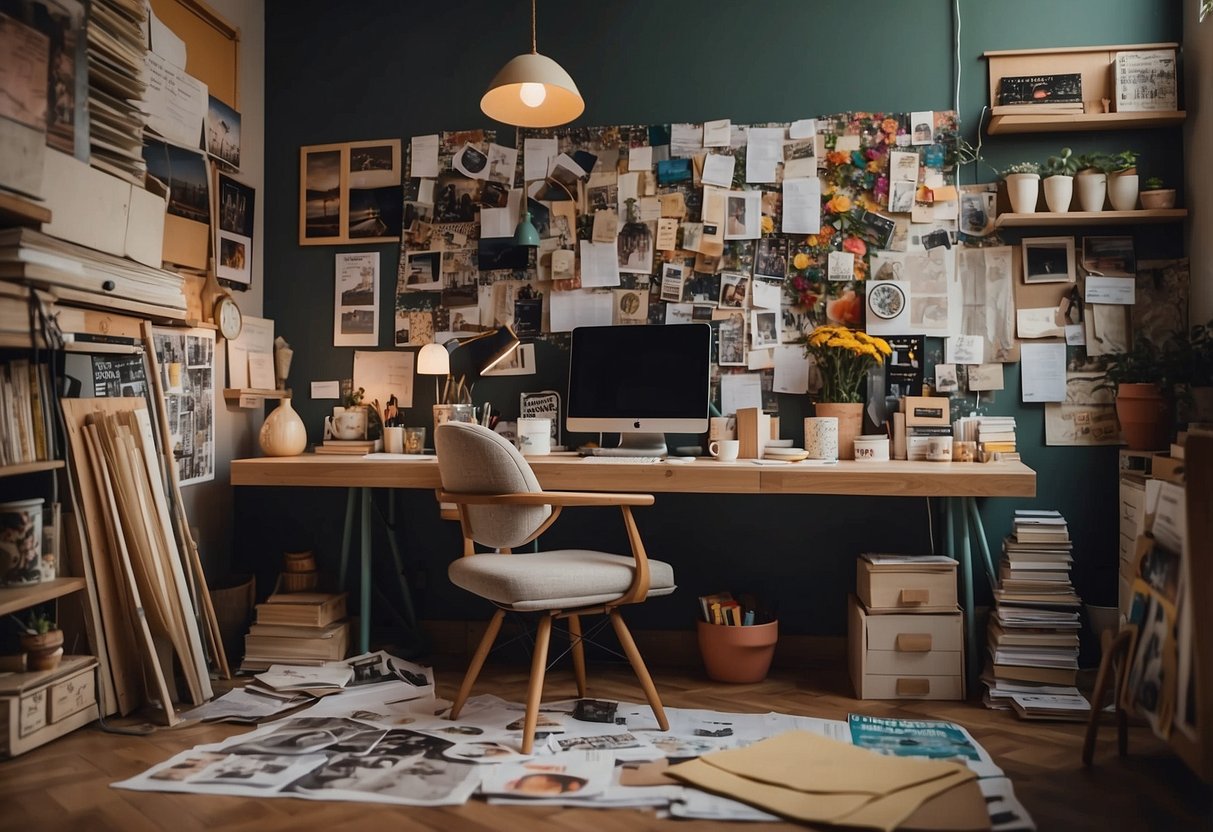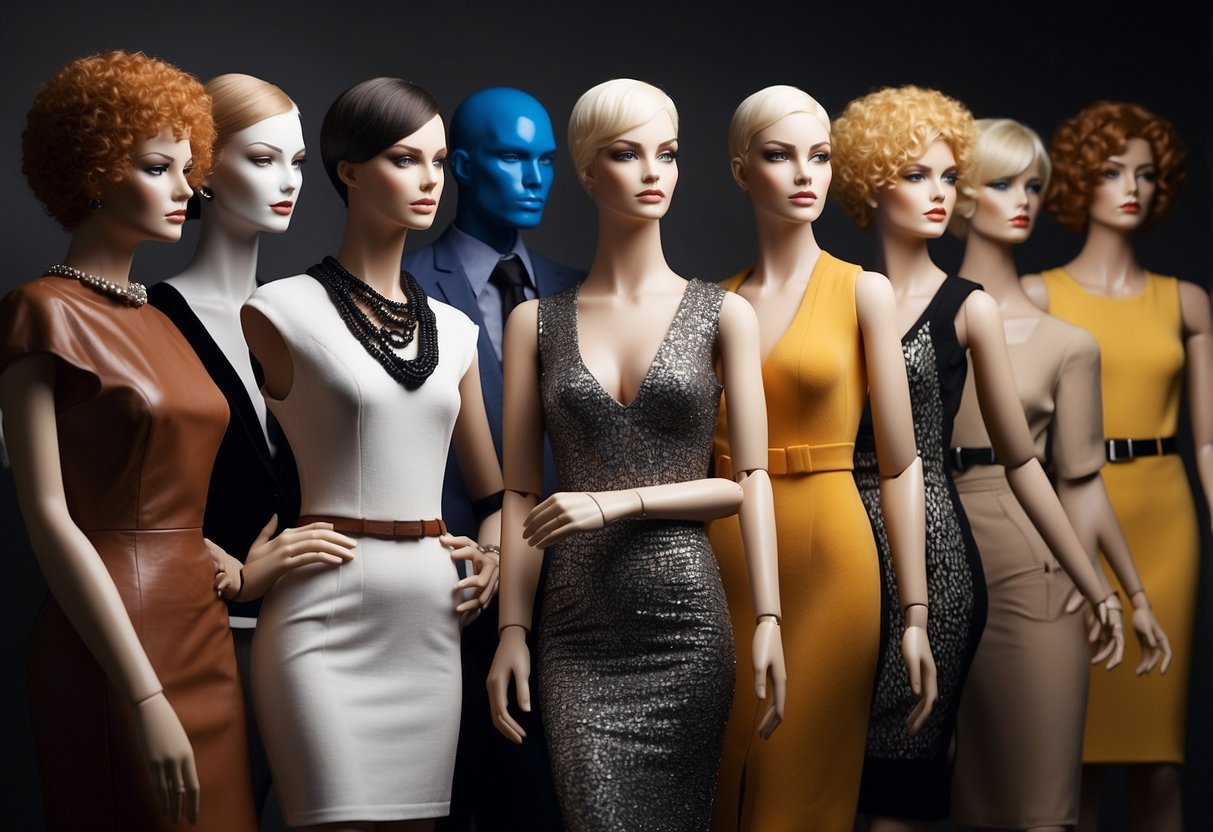
Color and Pattern in Personal Style
Selecting the right colors and patterns can transform any outfit. Understanding how to balance hues and designs will enhance individual flair and distinguish a personal style.
Choosing Your Color Palette
A color palette forms the foundation of personal style. It is essential to choose shades that complement skin tone, eye color, and hair color. Warm tones, such as reds and yellows, suit warm complexions, while cool tones like blues and greens are ideal for cool complexions.
Neutral colors like black, white, and gray offer versatility and balance bolder hues. Seasonal color analysis can also help in selecting suitable colors. It divides individuals into categories like spring, summer, autumn, and winter, each with its ideal set of shades.
Mixing Patterns and Textures
Mixing patterns and textures adds depth to an outfit. Successfully combining stripes, polka dots, florals, and checks requires attention to scale and proportion. Pairing a large pattern with a smaller one prevents overwhelming the look.
Textures like silk, wool, and denim bring variety and interest to clothing. Combining smooth and rough textures can create a balanced and visually appealing ensemble. Experimentation is key; try different combinations to see what works best.
Influence of Body Shape and Skin Tone

Finding clothing that complements your body shape and skin tone can greatly enhance your personal style. By considering these factors, you can make more informed choices that highlight your best features.
Dressing for Different Body Types
Each body shape has unique characteristics, and dressing accordingly can create a balanced and appealing look. For instance, hourglass figures benefit from fitted tops and belted waists to accentuate curves. Rectangular shapes, with more uniform dimensions, may prefer clothing that adds curves, such as peplum tops and wrap dresses. Pear-shaped bodies often look best in A-line skirts and boat neck tops that balance out the lower body. Meanwhile, apple-shaped individuals might find that V-neck tops and empire waist dresses draw attention upwards and elongate the torso.
Understanding these strategies helps in selecting clothes that enhance your natural form, making your wardrobe both functional and flattering.
Selecting Colors for Your Skin Tone
Skin tones generally fall into three categories: warm, cool, and neutral. Knowing your skin tone can guide you in choosing colors that brighten your complexion. Warm skin tones tend to shine in earthy colors like greens, browns, and warm reds. Cool skin tones are usually complemented by jewel tones like emerald, sapphire, and amethyst.
For those with neutral skin tones, a mix of both warm and cool colors can be flattering. It’s important to consider the subtle undertones in your skin. Fair skin with pink undertones might look best in pastel or bright colors, while deeper skin tones can handle bold, vibrant hues without being overwhelmed.
Incorporating these insights into your wardrobe choices can enhance your natural appearance, promoting a more cohesive and personalized style.
Accessorizing Your Outfits
Well-chosen accessories can enhance an outfit, creating a polished, cohesive look. Items like jewelry, watches, shoes, and bags can make a significant impact.
The Role of Jewelry and Watches
Jewelry and watches serve as key elements in personalizing an outfit. Earrings and necklaces can draw attention to the face and highlight individuality. Rings and bracelets add subtle details, complementing the wearer’s style. Watches combine function with fashion, offering a distinguished touch whether they’re sleek and modern or classic and intricate. When selecting jewelry and watches, it’s important to consider materials, such as gold, silver, or leather, as they can dictate the overall vibe of the ensemble.
Diamonds and gemstones can create focal points for evening wear, whereas minimalist designs are excellent for daily wear. Mixing metals (gold with silver) can make a bold statement, though this should be done carefully to maintain harmony. Ultimately, jewelry and watches should complement the outfit without overpowering it, enhancing the wearer’s unique style.



